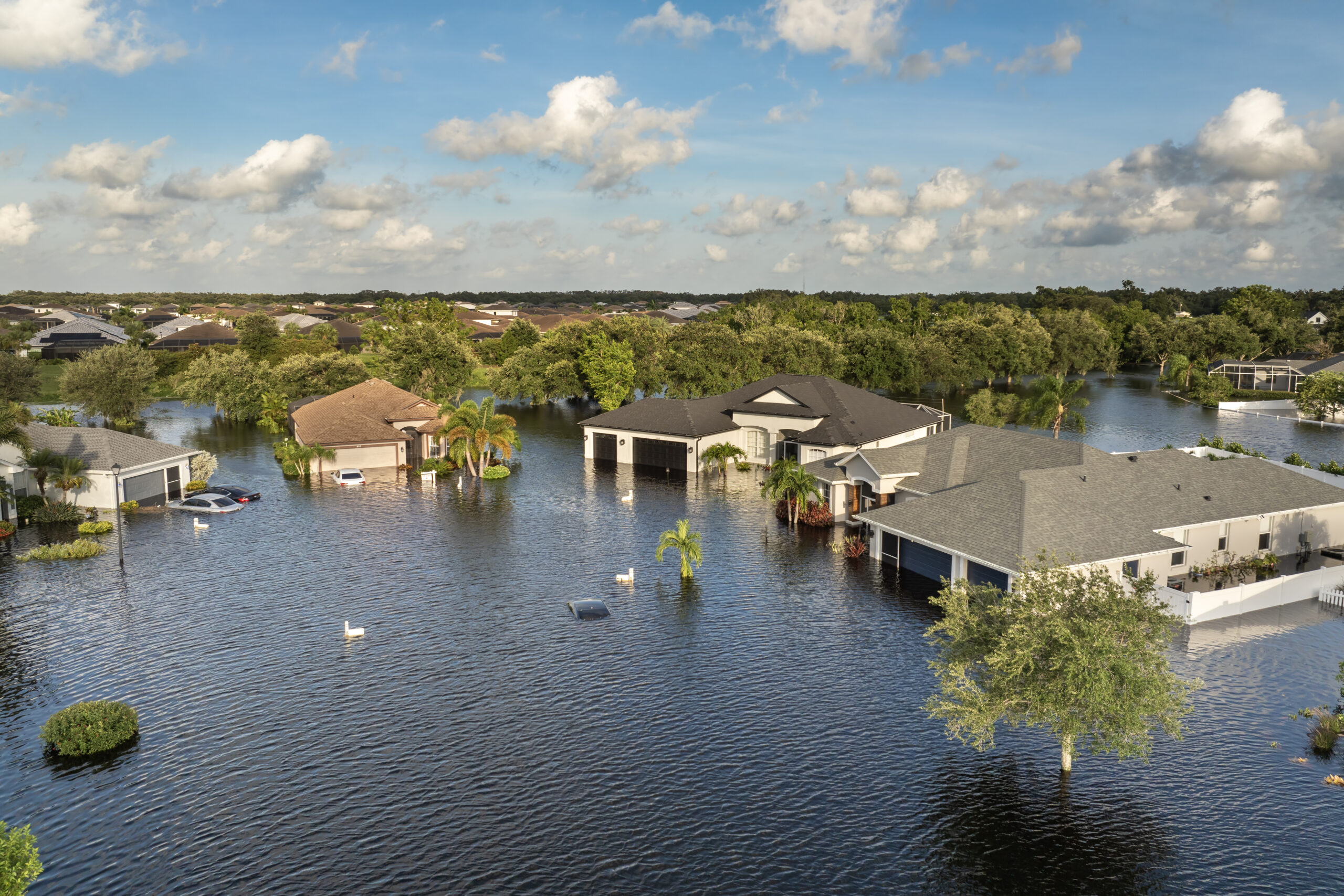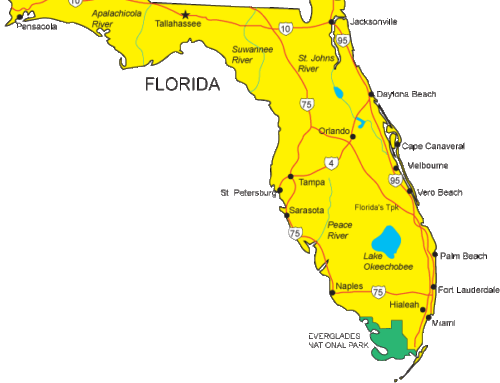South Florida Flood Insurance – The 2 Minute Homeowner’s Guide

Why South Florida Homeowners Should Think About Flood Insurance
Flooding can strike even areas far from the ocean—thanks to hurricanes, heavy rains, storm surges, and rising sea levels, Florida remains one of the states most exposed to flood risk. It’s smart for homeowners to weigh whether flood insurance fits their situation.
Is Flood Insurance Mandatory in South Florida?
Mortgage Requirements: If your home sits in a federally designated high-risk zone—officially known as a Special Flood Hazard Area (SFHA)—and you’re financed through a mortgage, you’ll likely be required to carry flood insurance.
Citizens Property Insurance Policyholders: If you hold a homeowners policy from Citizens that includes wind coverage, flood insurance becomes a requirement. Higher-value properties may face earlier deadlines—by 2026 for those with dwelling coverage of $400,000 or more, and by 2027 for all others.
Not in a High-Risk Zone? You still might need insurance if your lender or insurer deems it necessary.
Average Cost of Flood Insurance in South Florida
- NFIP Rates: The average NFIP premium in Florida is about $865 per year, or roughly $72 per month.
- National Comparison: Across the U.S., the average NFIP premium hovers around $899 annually, or $75 per month.
- In High-Risk Areas: Florida homeowners in such zones often pay about $700 annually, though less at-risk locations may qualify for Preferred Risk Policies with lower rates.
What Does NFIP Flood Insurance Cover?
NFIP flood coverage is standardized:
- Structural coverage up to $250,000
- Contents coverage up to $100,000
However, it typically excludes damages to unfinished basements and costs for temporary relocation if your home becomes unlivable.
Exploring Private Flood Insurance Options
Private insurers are increasingly filling gaps that NFIP doesn’t cover:
- Advantages: They often offer higher coverage limits, broader protection, and faster activation periods compared to the NFIP’s usual 30-day wait.
- Drawbacks: Policies from private insurers may lack the financial safety net of admitted carriers—if a provider fails, policyholders may not be protected the same way.
How to Secure Flood Insurance in South Florida
- Check Your Risk Zone: Use FEMA’s tools or other flood risk maps to determine your property’s flood status.
- Get Quotes: Reach out to independent agents or your current insurer. Compare NFIP and private policies for premiums, coverage, and speed of issuance.
- Anticipate Waiting Periods: NFIP policies generally take 30 days to become effective; private alternatives may start sooner.
- Implement Flood Mitigation: Reducing your flood risk—through elevation changes or barriers—can help lower your premiums.
Frequently Asked Questions
- Do renters need flood insurance?
Yes—landlord policies don’t cover your personal property. Contents-only flood policies are available for renters. - How does flood insurance differ from homeowners insurance?
Standard home or renters insurance generally excludes flood damage. Flood insurance covers water damage caused by natural flooding events—such as overflowing bodies of water or storm surges—not burst pipes.
In Summary
South Florida residents, whether in hurricane-prone coastal towns or inland areas, would be wise to carefully assess their flood risk and insurance needs. NFIP offers baseline protection at averaged rates, while private insurance may fill in important gaps if you seek extended coverage or faster policy initiation. Be proactive: shop around, explore mitigation, and understand your requirements and options.




